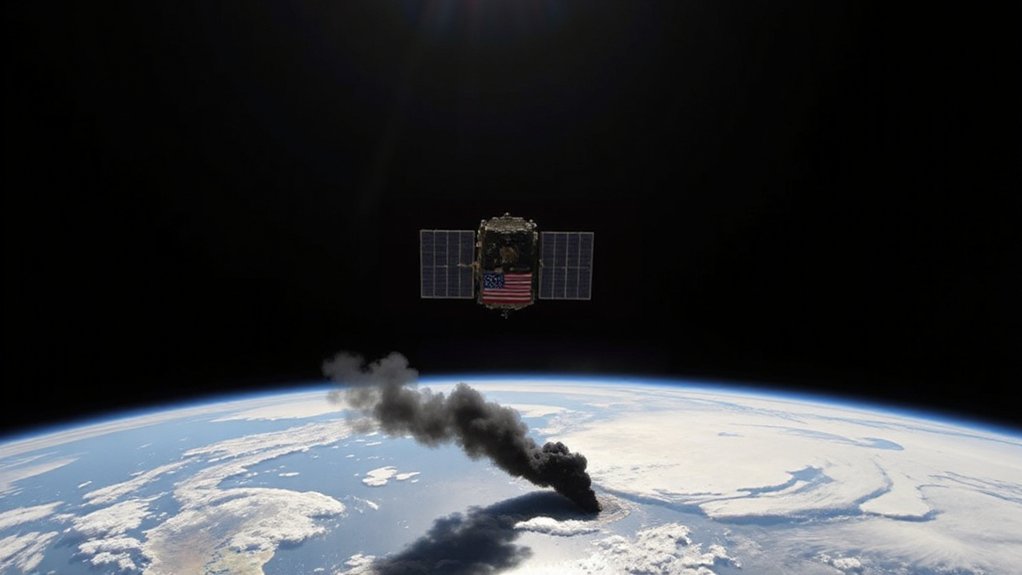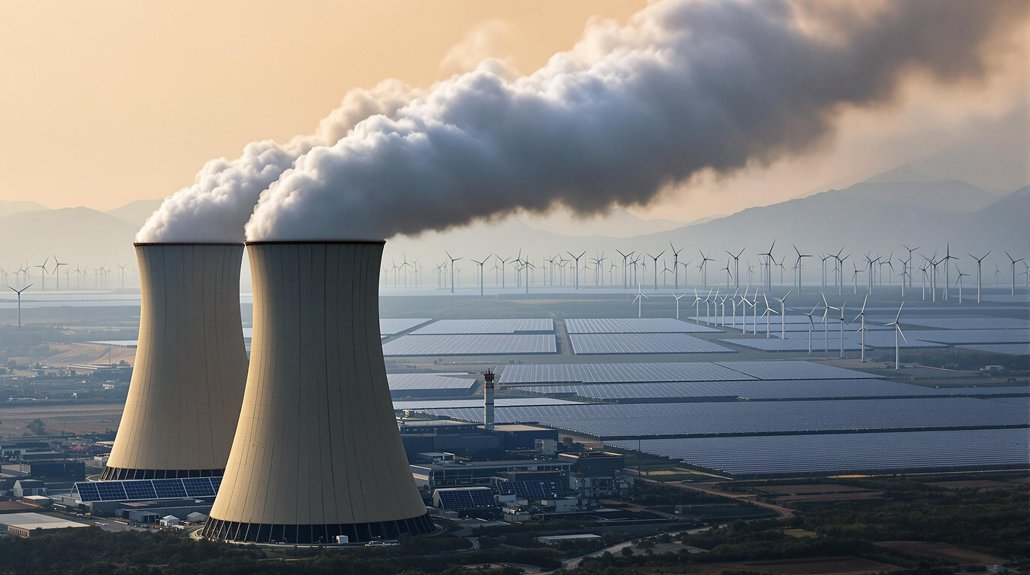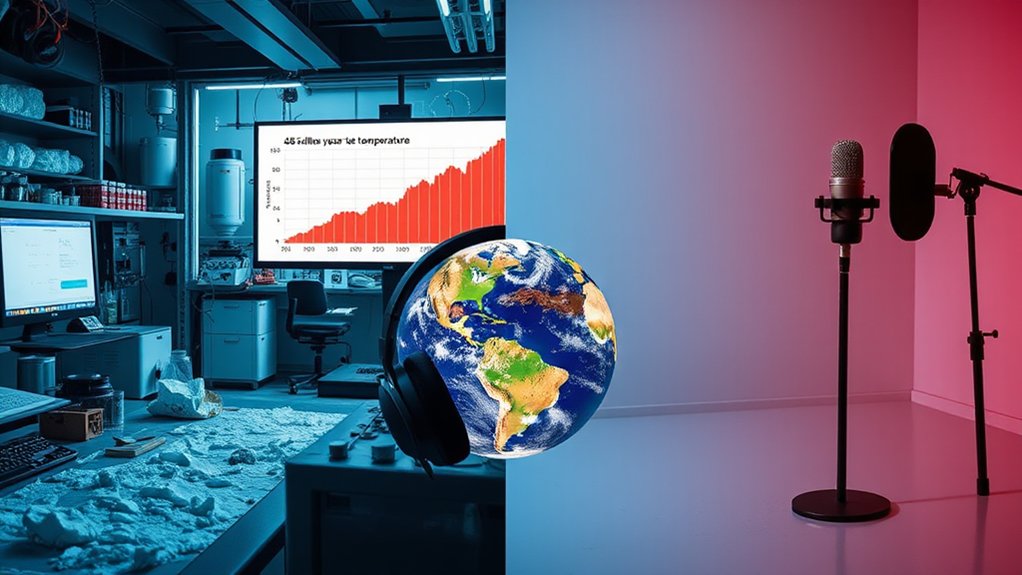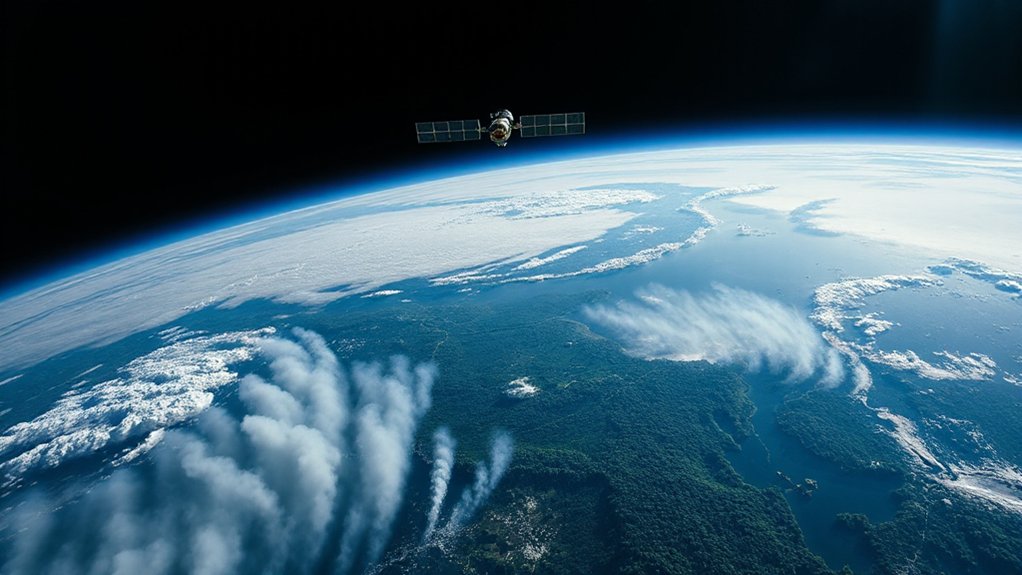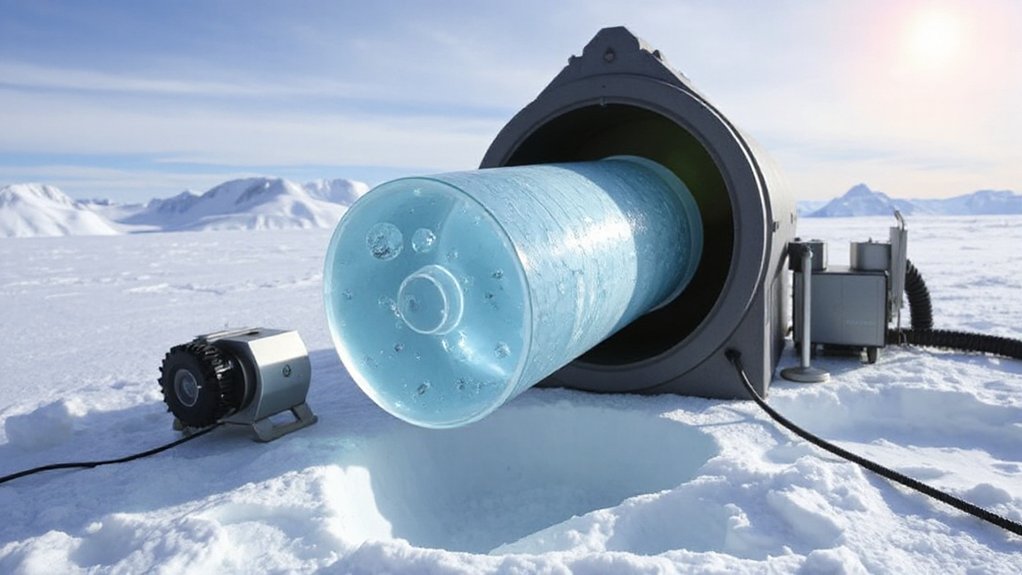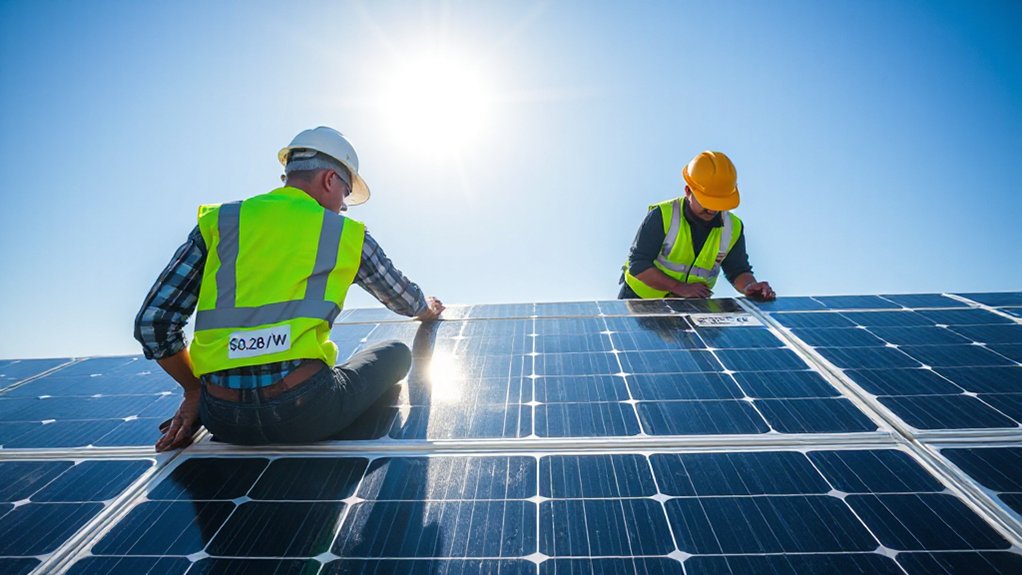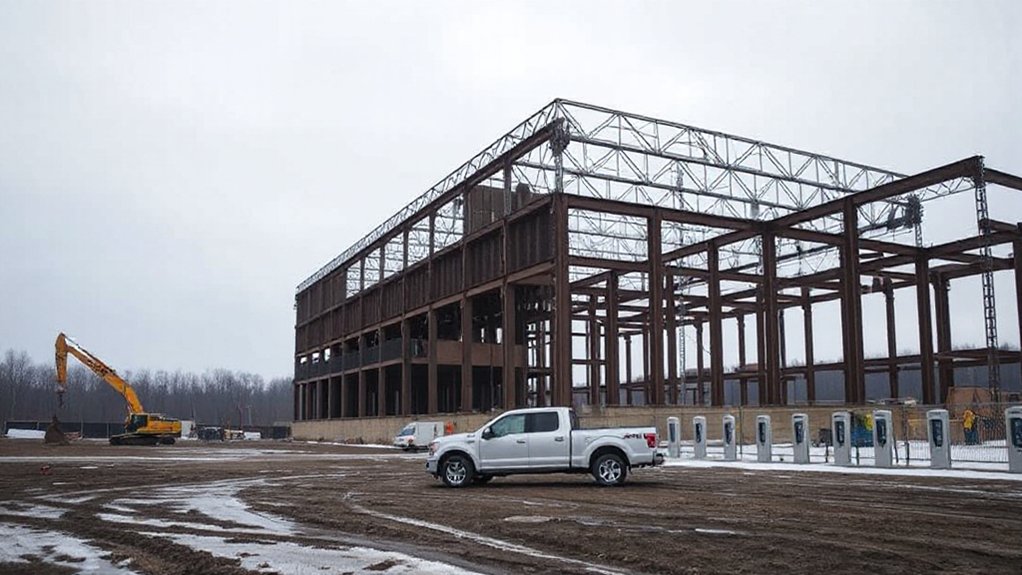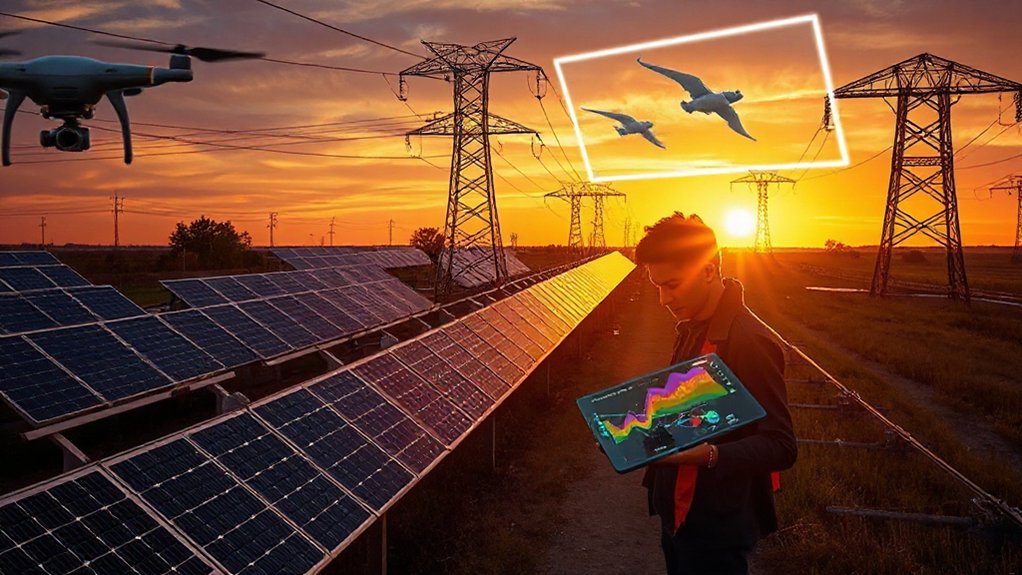The Trump administration is eyeing NASA’s climate satellites for the chopping block. The proposed budget for fiscal year 2026 would terminate funding for the Orbiting Carbon Observatory (OCO)-2 and OCO-3 missions. These satellites aren’t ancient space junk – they’re fully operational workhorses providing the most precise CO2 measurements on the planet. NASA’s own 2023 review rated them as having “exceptionally high” scientific importance. But apparently that doesn’t matter.
The plan would slash NASA’s overall budget by 24%, saving a whopping $16 million by killing these carbon-monitoring satellites. That’s pocket change in the federal budget. The kicker? They’d have to deliberately destroy OCO-2 by deorbiting it. Nothing says fiscal responsibility like trashing perfectly good equipment.
Scientists call these satellites the “gold standard” for measuring atmospheric carbon dioxide. They’ve revealed shocking findings – like how the Amazon rainforest now emits more CO2 than it absorbs, while boreal forests are picking up the slack. They track emissions from power plants globally and provide early warnings for agricultural drought. Pretty useful stuff.
Losing these satellites would create a massive blind spot in our understanding of carbon cycles. Senator Chris Van Hollen has publicly expressed strong support for maintaining these scientific missions. This situation exemplifies the Clean Energy Paradox where policy decisions can inadvertently worsen climate monitoring capabilities. It’s like throwing away your glasses right before taking a driving test. The timing couldn’t be worse for international climate agreements that rely on accurate emissions data. Who needs verification when we have pinky promises?
Environmental scientists are calling the potential cancellation “a blow to science.” No kidding. The cuts extend beyond just these satellites – NOAA’s climate research funding got slashed by 25% despite Congress allocating the money. Congress must approve a final budget by the end of September, and current proposals suggest they may maintain NASA’s funding despite the administration’s cuts.
Some private companies might step in to keep the satellites running, but that raises questions about data accessibility for researchers and the public. Will critical climate information become pay-to-play? The satellites cost pennies compared to the importance of their data. But apparently, when it comes to monitoring our planet’s essential signs, ignorance is bliss.
References
- https://insideclimatenews.org/news/08092025/nasa-carbon-dioxide-satellites-trump/
- https://www.clearbluemarkets.com/knowledge-base/trump-administrations-budget-threatens-nasa-climate-and-carbon-monitoring-satellites
- https://www.science.org/content/article/trump-administration-pushes-ahead-noaa-climate-and-weather-cuts
- https://eos.org/research-and-developments/nasa-planning-for-unauthorized-shutdown-of-carbon-monitoring-satellites
- https://www.cfr.org/article/paths-forward-if-trump-nixes-epa-greenhouse-gas-protections
